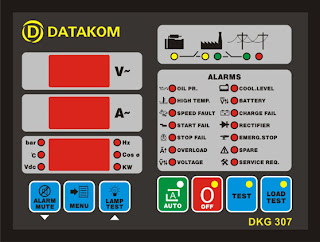4 Types of Generator Transfer Switches
Generator transfer switches are essentially an electrical power transfer device. This means that when the local or conventional source of power supply isn't available, they switch-on the power supply from the generator. The transfer switch should be of premium quality since it should be able to keep the two sources of electricity isolated. During phases of repeated power outages, the swapping between the primary power supply and generator-powered electricity can recur at short intervals. The generator transfer switch should be able to handle such demanding situations. Thus, it is vital that homeowners planning to install generator transfer switches know about the various options available in this niche. Types of Generator Transfer Switches Include:-



